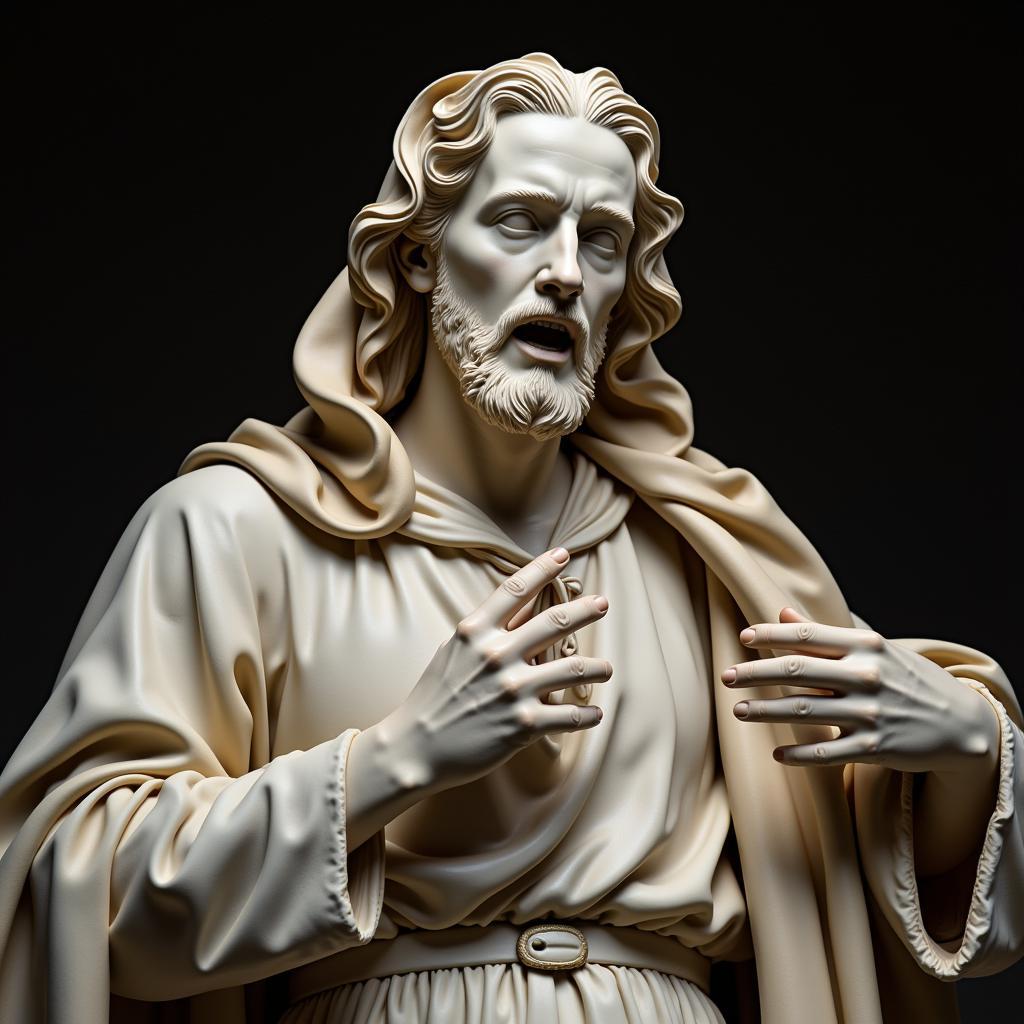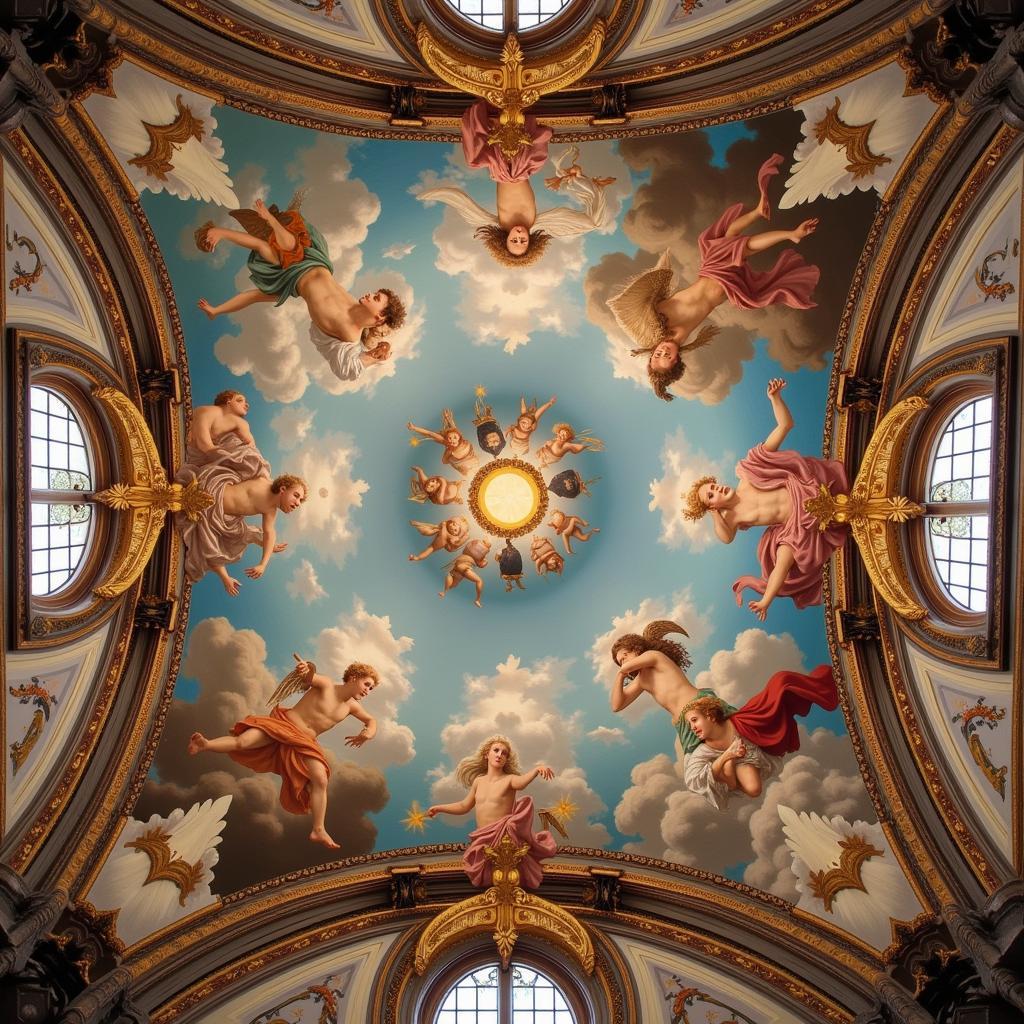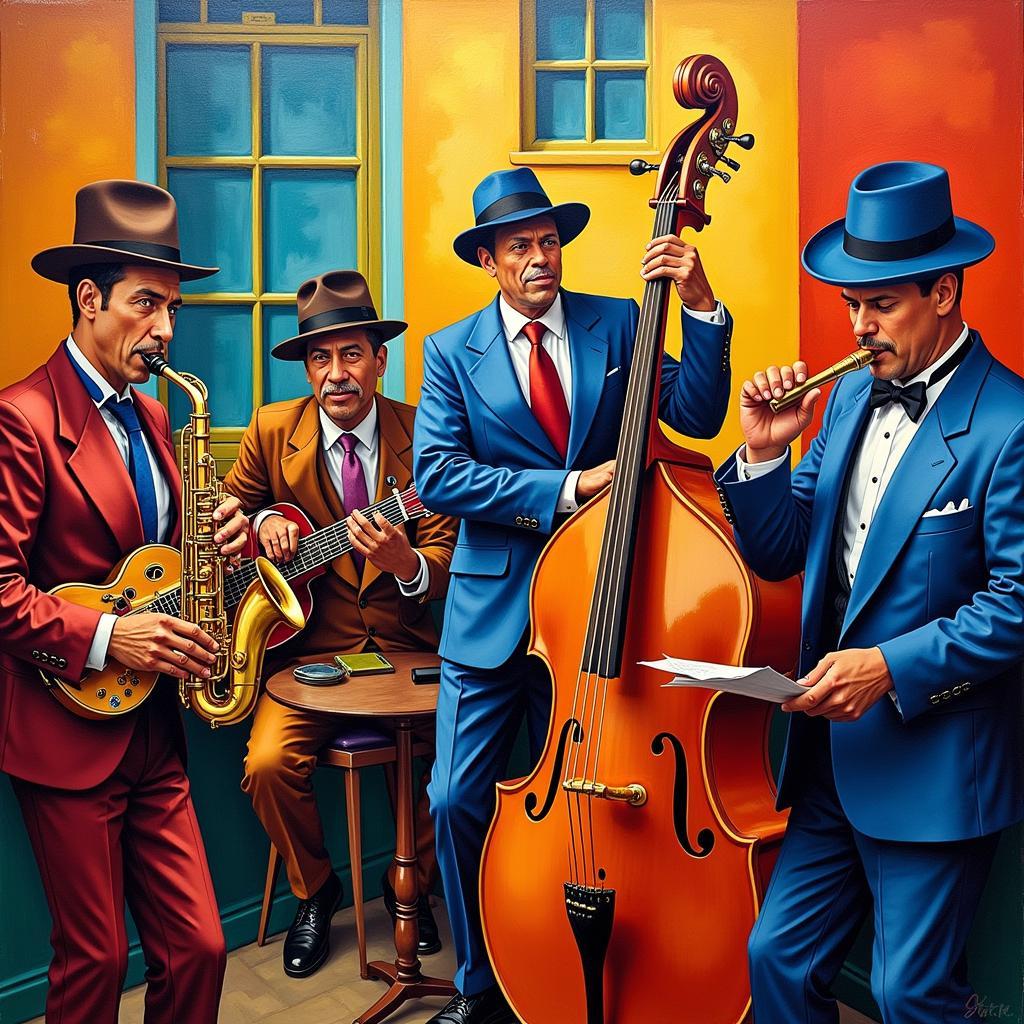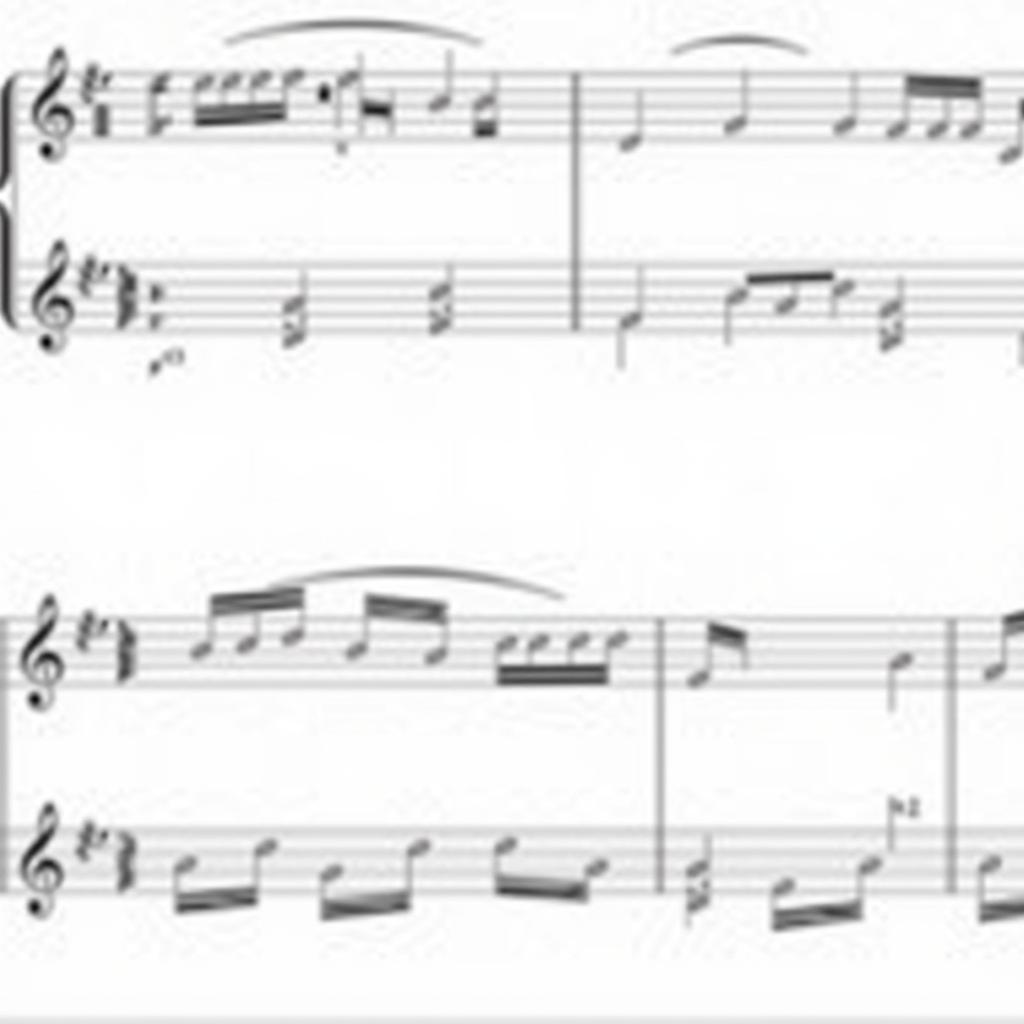The Divine Drama: Exploring Baroque Catholic Art
Baroque Catholic Art, a dramatic and awe-inspiring style, flourished in the 17th and 18th centuries, profoundly shaping religious imagery across Europe and beyond. This period witnessed an explosion of creativity, fueled by the Catholic Church’s response to the Protestant Reformation. The art served as a powerful tool to reaffirm faith and inspire devotion, employing theatrical compositions, rich colors, and intense emotional expression.
Understanding the Characteristics of Baroque Catholic Art
Baroque Catholic art is immediately recognizable for its distinct characteristics. Dramatic lighting, dynamic compositions, and a sense of movement are key elements. Artists often employed techniques like foreshortening and dramatic perspective to create an illusion of depth and theatricality, drawing the viewer into the scene. Think of it as a stage production, designed to evoke a strong emotional response. The lavish use of gold, rich colors, and intricate details further enhanced the sense of grandeur and spectacle. What’s more, the art emphasized emotional intensity, aiming to evoke feelings of piety, awe, and religious fervor.
The Role of the Catholic Church in Baroque Art’s Development
The Catholic Church played a pivotal role in the development of Baroque art. Following the Protestant Reformation, the Church sought to reaffirm its authority and revitalize the faith through art. Baroque art became a powerful instrument of the Counter-Reformation, conveying complex theological concepts and inspiring religious devotion. Commissioning grand works of art for churches and cathedrals, the Church actively promoted the Baroque style, making it synonymous with Catholic art of the period.
 Bernini's Ecstasy of Saint Theresa, a quintessential example of Baroque sculpture, capturing the mystical experience with dramatic intensity.
Bernini's Ecstasy of Saint Theresa, a quintessential example of Baroque sculpture, capturing the mystical experience with dramatic intensity.
Key Themes in Baroque Catholic Art
Certain themes dominate Baroque Catholic art, reflecting the Church’s doctrines and spiritual concerns. Depictions of saints, miracles, and biblical scenes were common, emphasizing the power of faith and the divine. Martyrdom scenes were often portrayed with dramatic intensity, showcasing the unwavering devotion of believers. Moreover, the art frequently explored themes of salvation and redemption, offering hope and solace to the faithful.
Baroque Catholic Art vs. Renaissance Art: A Comparison
While building upon the artistic innovations of the Renaissance, Baroque art diverged significantly in its aesthetic and purpose. Renaissance art emphasized balance, harmony, and classical ideals, while Baroque art embraced dynamism, emotion, and theatrical grandeur. Renaissance art often focused on humanism and earthly beauty, whereas Baroque art prioritized religious themes and spiritual experiences.
“Baroque art is a conversation between heaven and earth,” says Dr. Amelia Rossi, a renowned art historian specializing in the Baroque period. “Its dramatic power lies in its ability to translate spiritual experiences into tangible, emotionally charged forms.”
 A Baroque ceiling fresco depicting a biblical scene, illustrating the use of dramatic perspective and dynamic composition.
A Baroque ceiling fresco depicting a biblical scene, illustrating the use of dramatic perspective and dynamic composition.
The Legacy of Baroque Catholic Art
Baroque Catholic art left an enduring legacy on Western art and architecture. Its influence can be seen in countless churches, palaces, and museums around the world. Even today, the dramatic power and emotional intensity of Baroque art continue to captivate and inspire. “The legacy of Baroque art extends beyond its aesthetic impact,” adds Dr. Rossi. “It profoundly shaped the way we visualize religious narratives and experience spiritual emotions.”
Conclusion: The Enduring Power of Baroque Catholic Art
Baroque Catholic art, with its dramatic power and spiritual depth, remains a testament to the profound interplay between art and faith. Its theatrical compositions, vibrant colors, and intense emotional expression continue to resonate with viewers centuries later.
FAQ
- What is the main difference between Baroque and Renaissance art?
- What historical events influenced Baroque Catholic art?
- What are the key themes explored in Baroque Catholic art?
- Who were some of the most famous Baroque artists?
- Where can I see examples of Baroque Catholic art today?
For any support or further information, please contact us at Phone Number: 02462573573, Email: danteum@gmail.com, or visit our address at Savico Megamall, 7-9 Đ. Nguyễn Văn Linh, Gia Thụy, Long Biên, Hà Nội 10000, Việt Nam. We have a 24/7 customer support team.


